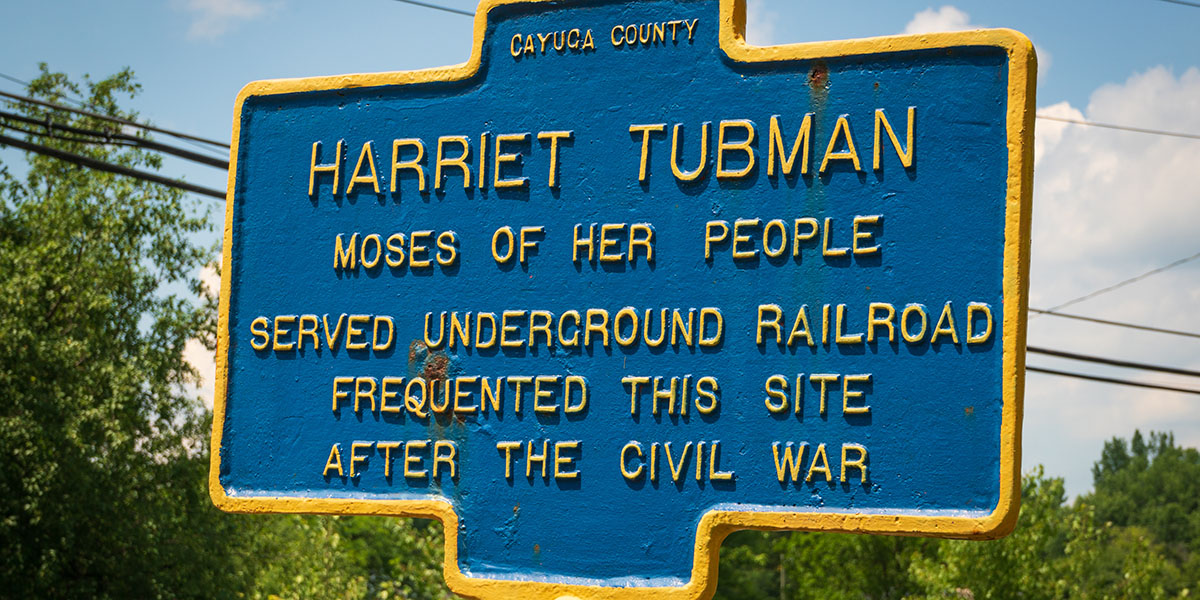Maybe you’re like me. Personally, I can remember my American History class like it was yesterday — sitting in neat rows under halogen lights trying (desperately) to pay attention. Memories of my American history lessons were buried beneath a pile of heavy textbooks, frantic memorization, and sweaty test-taking. Fast-forward now twenty years, and I can say (gratefully) that American History lessons while roadschooling my children are nothing like that.
The difference is startling. Let me share a moment with you.
As we hike along the steep canyon trails of Walnut Canyon National Monument, dusty images of Native American history fill the panorama. My girls rush into the open cliff dwellings, making their own pretend homes behind stone walls. Imagination weaves the lessons of history into their memory through tactile play. Children possess a natural interest in the origins of our culture. Taking history lessons on the road only fans that flame.
And the road is full of those kind experiential American history lessons.
History Was Lived, Not Read
Not that long ago, our children drove through Monument Valley. There, history towered over us like ancient sentinels. Each impossible rock formation shadowed us with ancestral stories and life lessons, unrolling a carpet into America’s past.
Your children pick up something standing in places like that. Something that books can’t quite fully convey — and that’s the livingness of history. Once, a real person stood in this place. And their experience was real.
Being in places like this reminds us that history lives in the land and stories told by our predecessors. It lives in the pottery and beaded necklaces that we see under glass in museum gift stores. It also lives behind the bars of native schools on reservation land. No, it isn’t always pretty, but it is undoubtedly American and undeniably rich. Everything we encounter on the road unwinds an endless yo-yo of lessons in history to explore.
Discovering Little Known History: An Example
Our country is full of history-rich places to explore. And a lot of the great ones (no surprise) are the standard ones in the text books. (Think of Williamsburg and Gettysburg and Washington D.C.) But discovering lesser known places can be absolutely captivating for your kids.
Once, while exploring American History on the road, we came across a fascinating theme that exists all over the eastern portion of the US — the Underground Railroad. Most of us are familiar with what the Underground Railroad is. But did you know that barn quilts had hidden codes embedded as maps leading to safe havens through the woods? Or that many church sermons had hidden rhythms in their hymns signaling messages to escaped slaves hiding below the floors?
Stories like this are rich and exciting to a child’s imagination. (Or anyone’s imagination, for that matter.) Hidden passages with pieces of this history exist all over the United States. You can take a tour on the Schooner B as a part of the Waterfront Underground Railroad Musuem in Washington, North Carolina. Here, you can learn about slaves escaping on sailboats in complicated inland waterways. One enslaved woman had letters of passage for ship captains sewed into the seams of a dress made of quilt scraps. The letters were undetectable except for a gold thread sewed into one of the slips as a code, signifying the secret letters hidden within. I don’t think I could make this up if I tried!
But think about it. By imagining, children internalize the history in a personal way. And, once you have to inevitably return to those bookish lessons, they are way more interested.
American History Roadschooling Resources
There are so many resources available to roadschooling families. The number one resource that our family utilized are public libraries. At these locations, you can dive into the local history of each place that you visit. You will be surprised what you find. There are so many pockets of fascinating, and little known history around the U.S. That American history textbook might have felt heavy in your backpack, but it only had the space for the tiniest sliver of our country’s history. So much of it is buried, waiting for you to wipe the dust off and uncover the hidden gems beneath.
Also, don’t forget to talk to the librarians! They are a wealth of local knowledge, hidden gems, and lesser known history lessons. Libraries are more than happy to support homeschooling, and they will likely offer many local activities that your children can partake in.
History as a Gateway to Lifeschooling
There are an endless number of terms used to describe homeschooling styles. There’s worldschooling and natureschooling. There’s travelschooling and unschooling and roadschooling, of course. Recently, however, I heard a new term that I liked: lifeschooling. To me, something about it stands out from the others. Life is the one thing that can’t be taught to our kids in school. And, honestly, I don’t think we want schools take that responsibility. That job belongs to us.
All the lessons we learn on the road weave their way into the tapestry of life. It’s my favorite thing about integrating American history while roadschooling. We learn about history in a raw and unseasoned capacity, and we can apply it to life in the now. Sure, history can make us feel proud and patriotic. But, equally important, it can also teach us not to make the same mistakes. Teaching children history in an applied setting means we don’t have to sugarcoat it. We can unravel it all under the same sky where it took place. The first hand impressions these lessons make on our children will lead to a deeper understanding of our country, influencing decisions they make going forward. And that is just as important as science, geography, and mathematics.

Leave a Reply